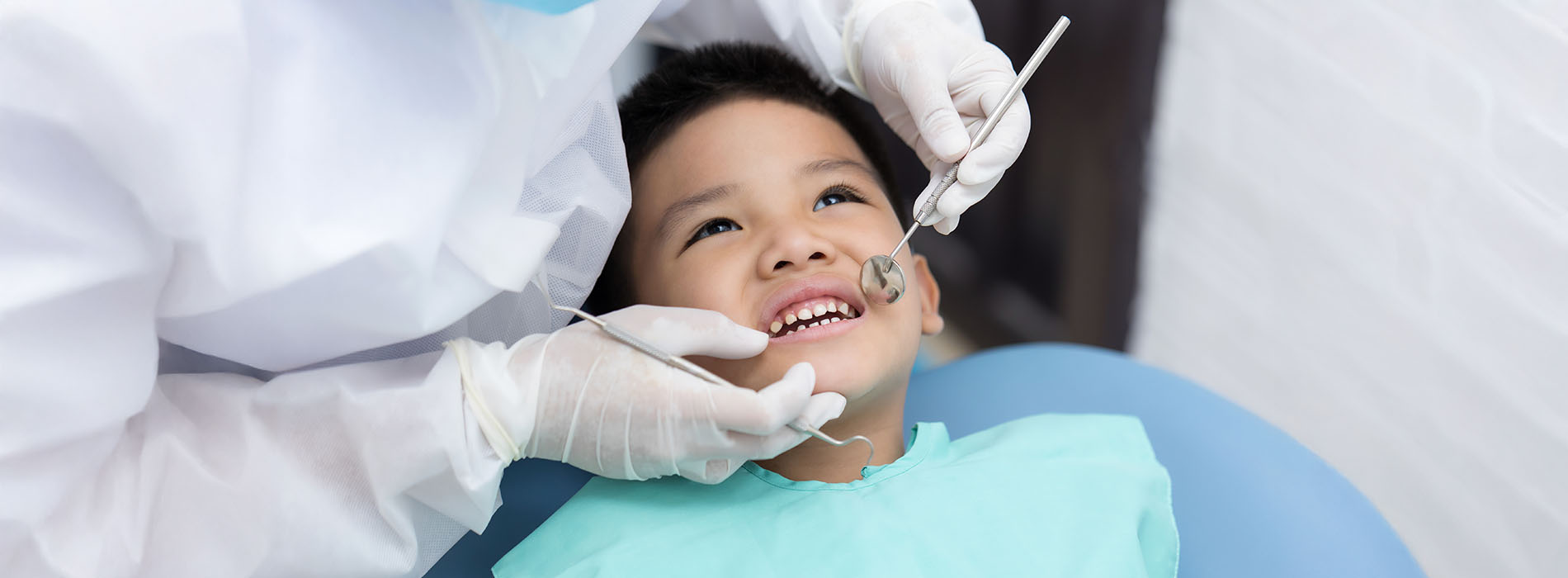203 S. Washington Street
Havre de Grace, MD 21078
Havre de Grace, MD 21078
New Patients
(443) 252-3464
Existing Patients
(443) 214-2434

At Lighthouse Kids Dental, we believe in caring for children’s smiles with a gentle touch. Minimally invasive pediatric dentistry focuses on preserving natural tooth structure, reducing discomfort, and creating positive dental experiences. These modern techniques allow us to stop cavities early, avoid unnecessary drilling, and keep treatment comfortable—even for the youngest or most anxious patients. Our goal is to provide the highest quality care with the least intervention, so children can grow up with healthy, confident smiles.
It’s an approach to dental care that emphasizes early detection, prevention, and conservative treatments to preserve as much natural tooth structure as possible.
This method reduces discomfort, supports faster healing, and helps children develop positive dental experiences while protecting their growing teeth.
Techniques include dental sealants, fluoride treatments, conservative restorations, and the use of advanced technology to detect and treat problems early.
Yes. Because it involves smaller, gentler treatments, children typically experience less discomfort during procedures and recover more quickly.
Yes. Preventive methods like fluoride applications and sealants significantly lower the risk of tooth decay by strengthening enamel and protecting vulnerable surfaces.
Often, yes. By catching issues early and preserving healthy tooth structure, minimally invasive care can reduce the need for more extensive treatments later.
Yes, but fillings are smaller and more conservative, targeting only the damaged part of the tooth while preserving as much natural enamel as possible.
Absolutely. It’s especially beneficial for children since it creates gentle, positive dental experiences and promotes lifelong healthy habits.
Not necessarily. In many cases, minimally invasive care can be more cost-effective because it prevents extensive treatments in the future.
Parents can support prevention at home by encouraging good oral hygiene, healthy eating habits, and scheduling regular dental visits for early detection.
